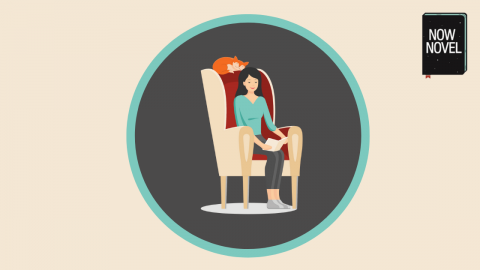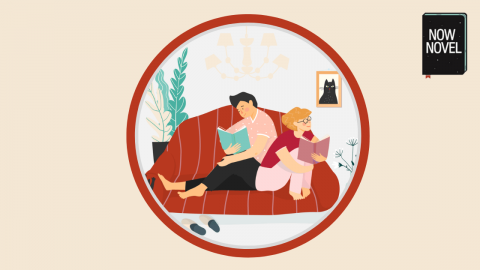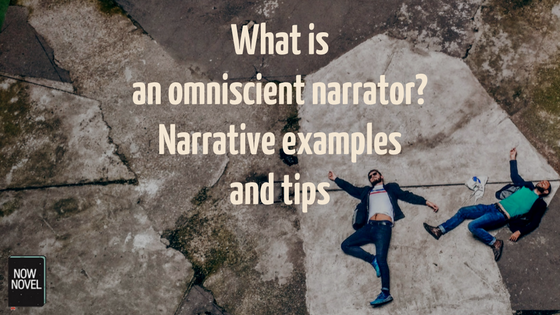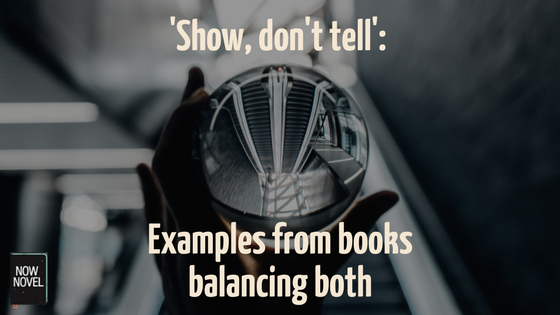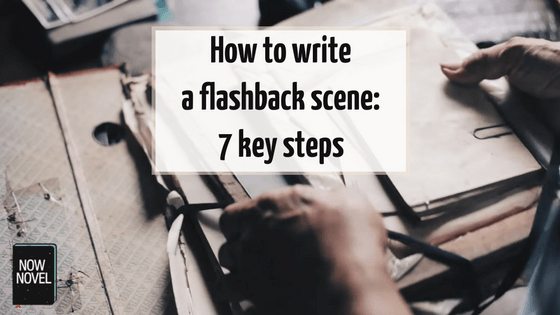‘Story exposition’ is often described as background, the necessary part to include so that readers know when, where and why your story takes place. Yet the exposition in a novel or short story is also an opportunity to entice, amuse, alarm and surprise your reader, foregrounding engaging themes and voices. Read on for a definition of effective exposition in literature plus examples taken from fantasy, historical fiction, speculative fiction and other genres
